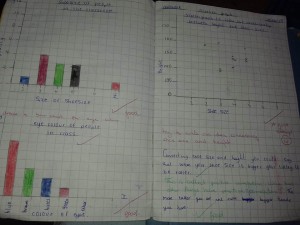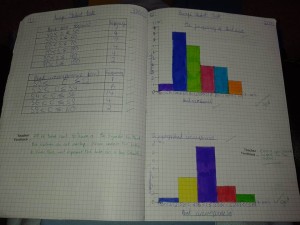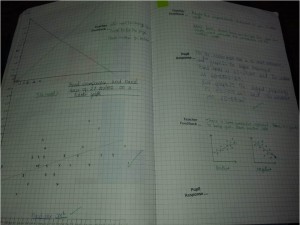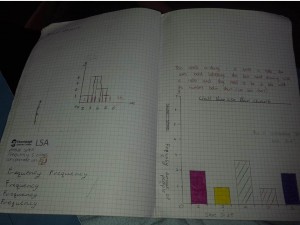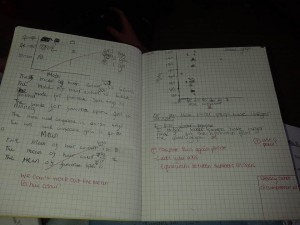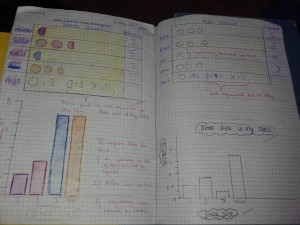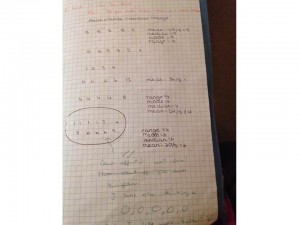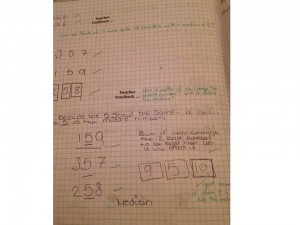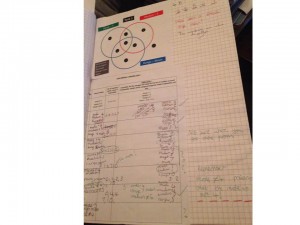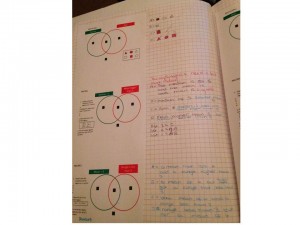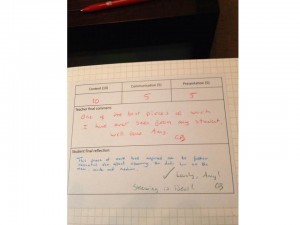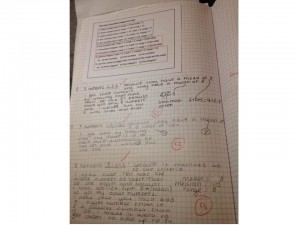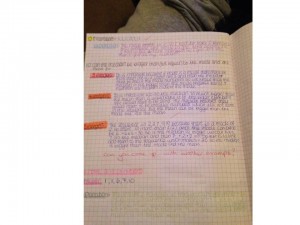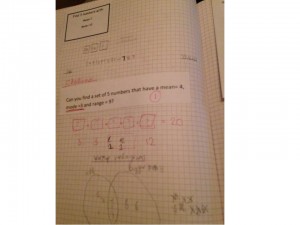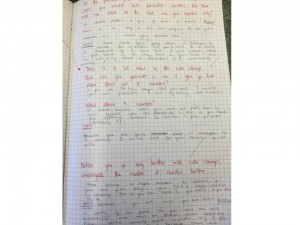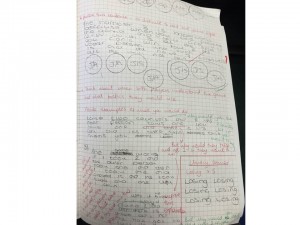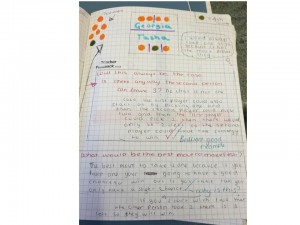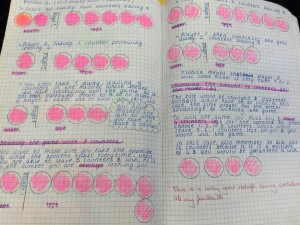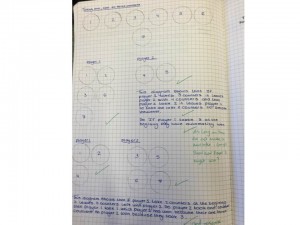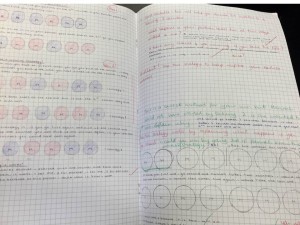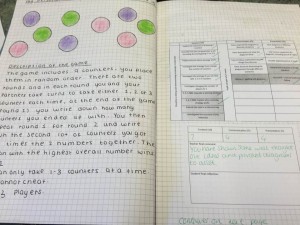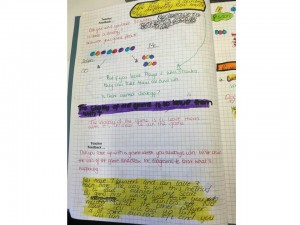You can view all the posts in the epic “Writing a Maths Scheme of Work” series on this page. It’s kind of like Game of Thrones, only with slightly less nudity and dragons.
A whole school focus this year has been on feedback, dialogue between teacher and student, followed by redrafting. The classic video used to illustrate this process is Austin’s Butterfly:
https://www.youtube.com/watch?v=PZo2PIhnmNY
I have now seen Austin and his butterfly approximately 587 times, and mine still looks like a daffodil.
However, there is something inherently right about the redrafting and improving process. It necessitates teachers to be specific and constructive with their feedback, requires an effective dialogue between the student and teacher, and when done correctly it encourages students to take pride in their work, focus in on their learning and achievements and strive to improve.
I could imagine redrafting an English essay, reworking a Geography project, modifying a piece of music, or indeed creating an improved drawing of a butterfly.
But the question we were faced with was: how do we achieve this in mathematics?
Until I started to really think about it, I guess I had always considered redrafting in maths to simply encompass me correcting students work, and them having another go. So, they would make a mistake when solving a linear equation, I would write something like “be careful with the negative”, they would have another go at the question and (if I was really on the ball) I would also have made them up 3 similar questions to have a go at as well to convince me they had improved.
This is fine, but it’s no butterfly!
So, my Head of Department (Karen), my second in Department (Naomh) and I and tried to think of a strategy for making the redrafting process really effective for our subject. And here is what we came up with.
As you will know from this series of blog posts, each topic area across Years 7 to 9 contains a compulsory rich task that all classes do (by the way, I will be reviewing the success of the rich tasks this year and what we have learnt in a future blog post). We thought that these rich tasks would be ideal to try out the redrafting process in mathematics. So, we picked out one for each year group from the summer term scheme of work.
Throughout the year, every time we have introduced a new initiative, we have tried to get all the staff involved in its planning and development, with the theory being they will buy into it more and take ownership of it. This has proved to be a very successful strategy. So, once again, we involved staff from the outset in the planning of these tasks. We split the department into 3 teams, one for each year group, and tasked them specifically with creating a simple mark scheme for each task, produce exemplar material, and ensuring there was enough meat in the tasks to make them accessible for each year group. Then, at numerous points during the lessons and the redrafting process, we met up as a department to ask questions and share good practise.
Staff, including myself(!), initially found the process difficult. In particular, it was challenging to get the students to write down their thinking, and then encourage them to develop and improve upon their work. Many staff feared that their lower sets students would not be able to access the tasks and display the kind of mathematical thinking and creativity needed.
At the end of the process (which took between 3 and 6 lessons), this is what we had:
Year 7 – Average Student
Average Student – Lesson Structure
Year 8 – Averages Challenge
Average Challenges – Possible Lesson
Averages Challenge Mark Scheme
Year 9 – NIM
I was genuinely blown away by the quality of work seen in students’ books. And this was across the whole ability range. Indeed, if anything, the lower ability students excelled when it came to explaining their thinking, justifying their reasoning, and illustrating their thought processes. The feedback from students was also incredibly positive. They enjoyed having the opportunity to revisit and improve upon their work, crucially seeing the fruits of their labour.
Now, I will be honest – the planning of the tasks took a while, and the marking took ages! I took mine in 3 times, each time marking them and making suggestions for redrafting and extension work. By the end of it, I never wanted to see a Venn Diagram again – and I flipping love a Venn Diagram. So, we will not be doing this with every rich task next year as that is simply unmanageable. But for once a half term, or maybe once a term, this is certainly something we will be trying again.
And, as I mentioned in the Homework post, we are also adopting a policy from September whereby all homeworks are marked in red pen, students do corrections in purple, and then work is remarked in green. Again, manageable and hopefully gets our students out of the mind-set that as soon as a piece of work has been handed in, that is the end of the story.
Feedback, dialogue and redrafting are an essential part of marking, and so I am pleased we have found an effective and manageable way to bring this into our Scheme of Work, which puts us on a par with other subjects.

